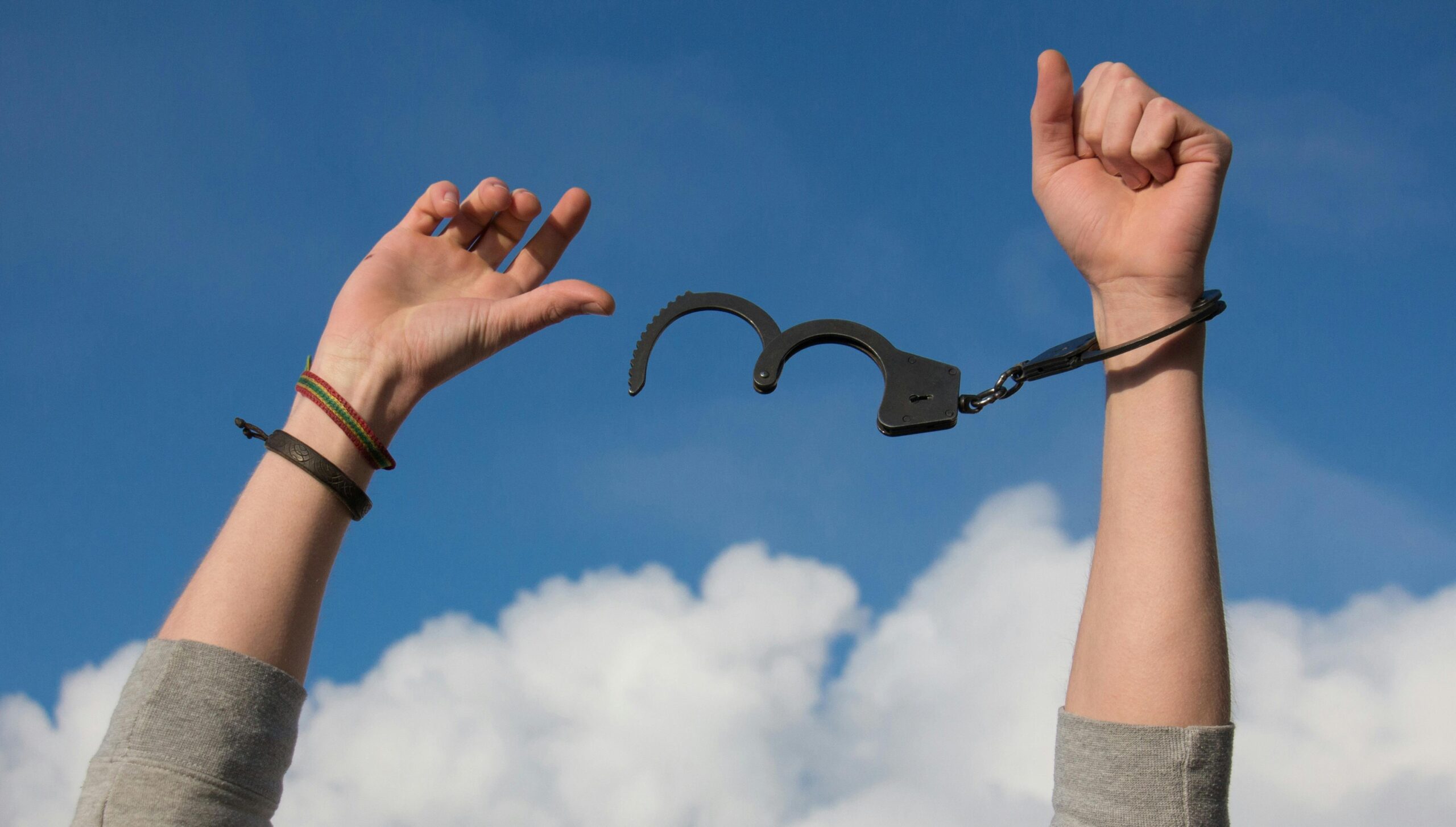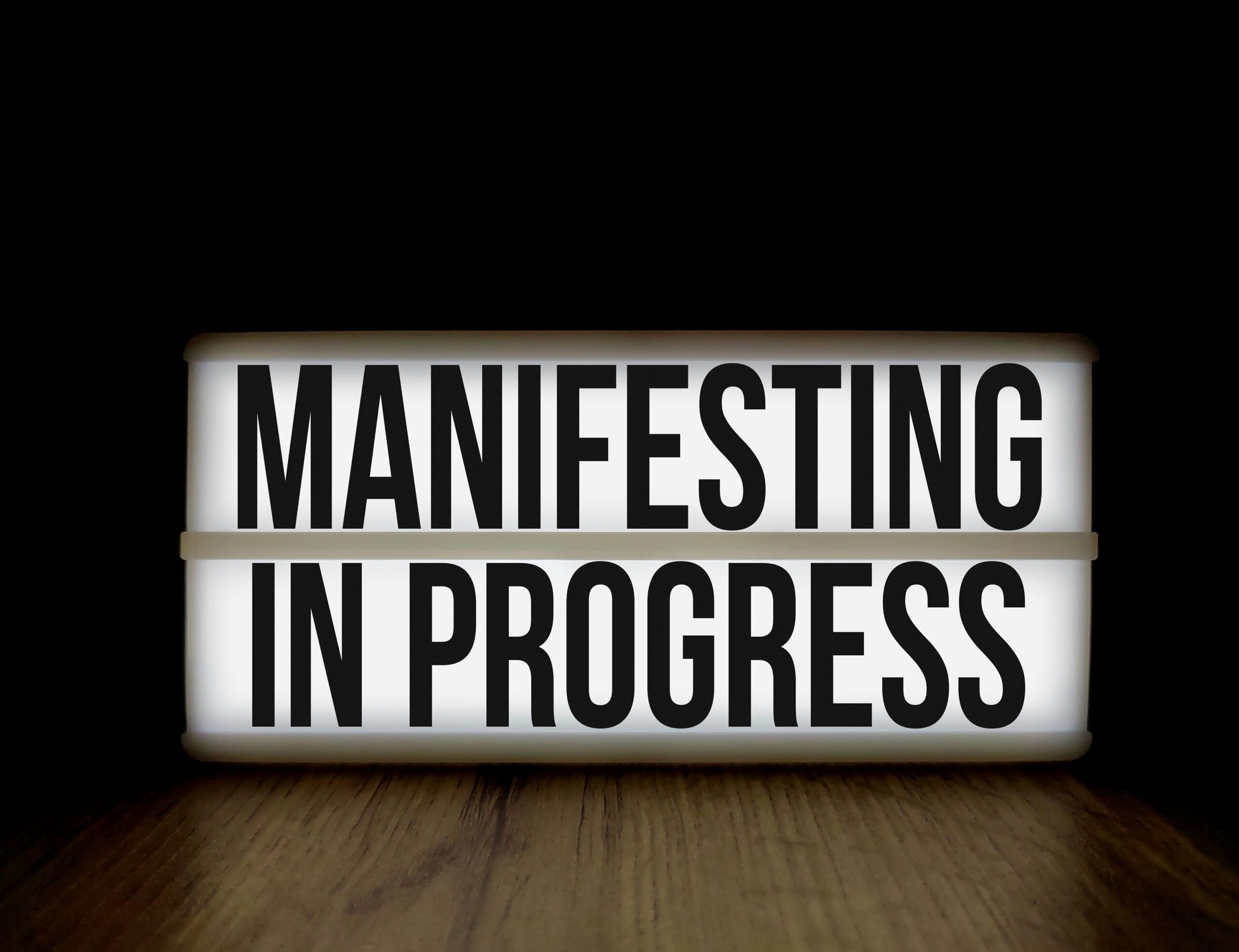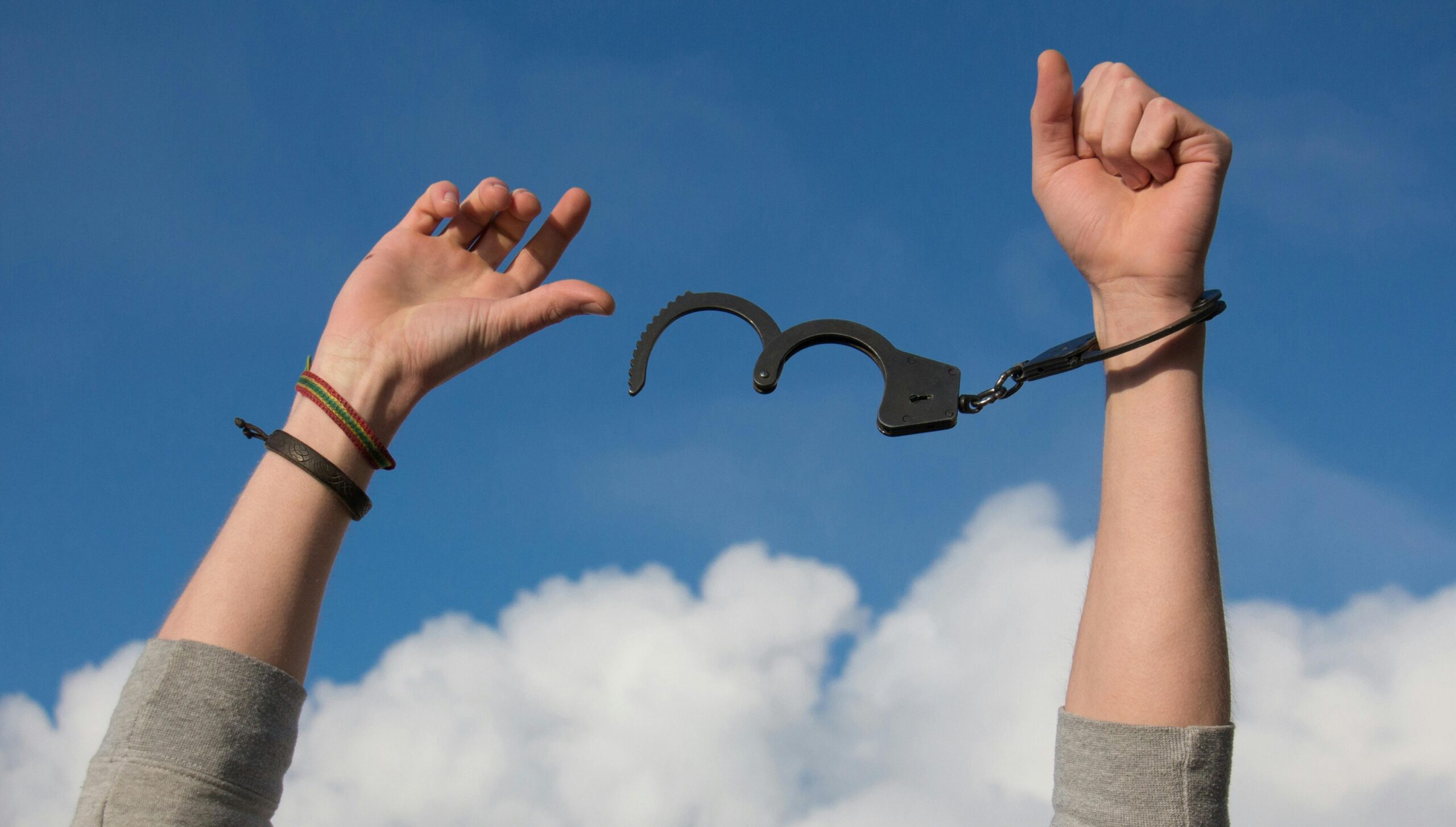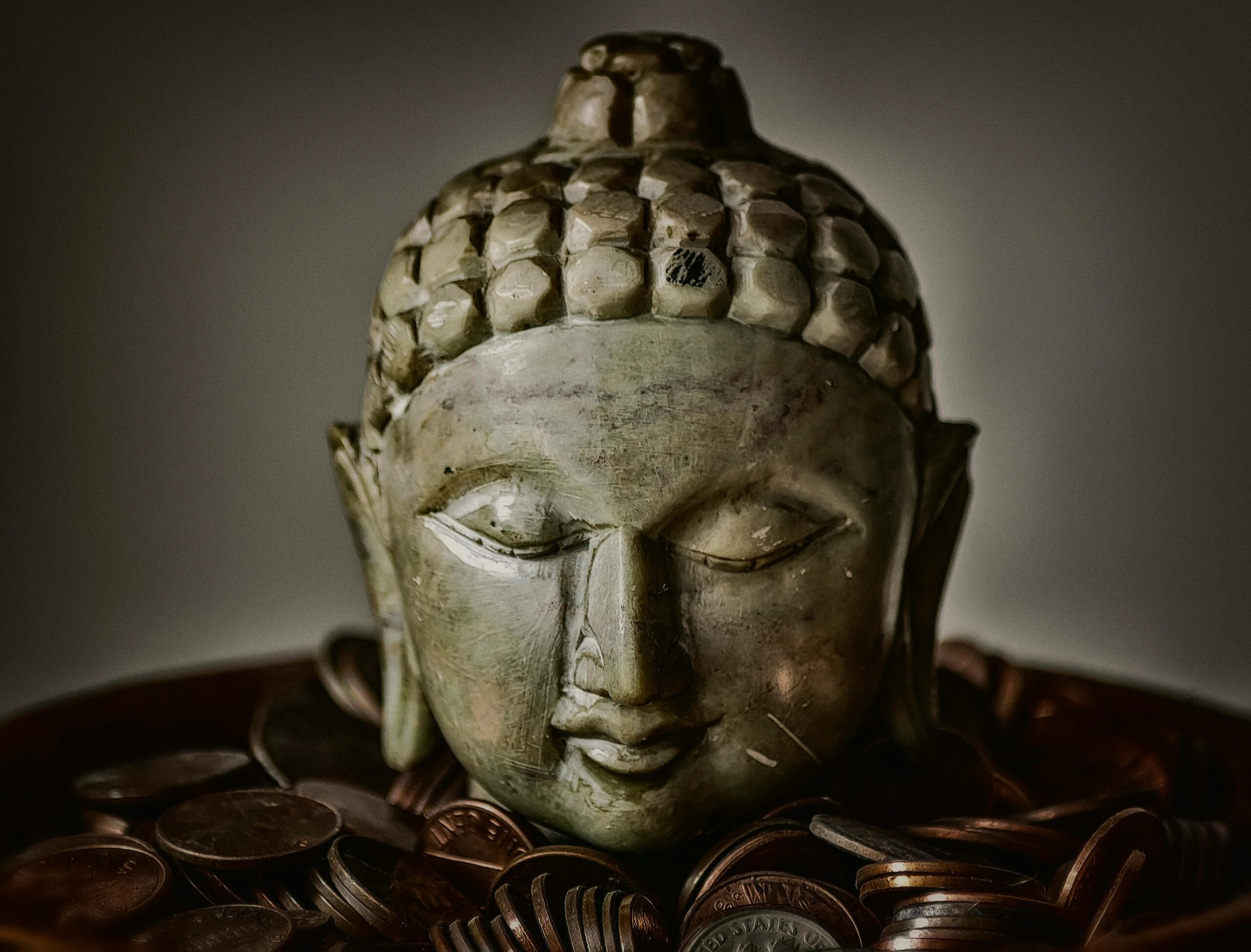Breaking free from old patterns isn’t just about willpower—it’s about mastering the delicate art of unlearning what no longer serves you.
We spend our entire lives learning: from walking and talking as children to mastering complex skills as adults. But rarely do we consider the equally important skill of unlearning—the process of letting go of outdated beliefs, behaviors, and mental models that hold us back from becoming who we’re meant to be.
The patterns we’ve developed over years or even decades become so deeply ingrained that they operate on autopilot, shaping our responses, decisions, and ultimately our destiny. Some patterns serve us well, but many others—formed during different life circumstances—now limit our potential and prevent lasting change.
🧠 Understanding the Science Behind Our Patterns
Our brains are incredibly efficient machines designed to conserve energy. Once we learn something, our neural pathways strengthen through repetition, creating automatic responses that require minimal conscious effort. This neuroplasticity is both our greatest asset and our biggest challenge when pursuing transformation.
When you repeatedly think, feel, or act in certain ways, your brain literally rewires itself to make these patterns easier to execute. The myelin sheath surrounding neural pathways thickens with use, making signals travel faster and more efficiently. This is why old habits feel so comfortable—they’re literally the path of least resistance in your brain.
Research in neuroscience shows that breaking established patterns requires conscious effort and repetition. The prefrontal cortex—responsible for executive function and decision-making—must actively override the automatic responses generated by deeper brain structures like the basal ganglia, where habits reside.
Understanding this biological reality helps us approach unlearning with realistic expectations. Change isn’t instantaneous, and resistance isn’t a character flaw—it’s your brain doing exactly what it evolved to do.
Recognizing Patterns That No Longer Serve You 🔍
The first step in unlearning is awareness. Many patterns operate below conscious awareness, making them difficult to identify without intentional reflection. These invisible scripts run your life while you believe you’re making conscious choices.
Common patterns that often require unlearning include:
- People-pleasing behaviors developed to gain approval or avoid conflict
- Perfectionism that masks fear of failure or judgment
- Scarcity mindsets inherited from family or cultural conditioning
- Emotional suppression learned as coping mechanisms
- Self-sabotaging behaviors that protect you from disappointment
- Limiting beliefs about your capabilities or worthiness
These patterns often originated as adaptive responses to past circumstances. Perhaps people-pleasing kept you safe in a volatile childhood environment, or perfectionism earned you praise and validation. The problem isn’t that these patterns were wrong—it’s that they’ve outlived their usefulness.
To identify your limiting patterns, notice recurring themes in your life. Do you always end up in similar relationship dynamics? Do you repeatedly self-sabotage when approaching success? Do certain situations trigger disproportionate emotional reactions? These repetitions are clues pointing toward unconscious patterns demanding attention.
The Hidden Cost of Holding On
Maintaining outdated patterns requires tremendous energy. When your authentic desires conflict with ingrained programming, you experience internal friction that manifests as stress, anxiety, exhaustion, or depression. You might achieve external success while feeling profoundly unfulfilled because you’re living according to someone else’s blueprint.
The opportunity cost is equally significant. Every moment spent operating from old patterns is a moment not spent developing new, empowering ones. The relationships you don’t pursue, the opportunities you decline, the versions of yourself you never explore—these invisible losses accumulate over time.
🎯 The Unlearning Process: A Roadmap for Transformation
Unlearning isn’t a single event but a process requiring patience, compassion, and strategic effort. Unlike learning, which involves adding new information, unlearning requires actively disrupting existing neural pathways while simultaneously building new ones.
Step One: Create Conscious Awareness
You cannot change what you don’t acknowledge. Begin documenting your patterns through journaling, meditation, or working with a therapist or coach. When you notice yourself reacting automatically, pause and ask: “Where did I learn this response? Does it still serve me?”
Mindfulness practices are particularly valuable here. By observing your thoughts and behaviors without judgment, you create space between stimulus and response—the essential gap where conscious choice becomes possible.
Step Two: Challenge Your Assumptions
Every pattern is built on underlying assumptions and beliefs. People-pleasing assumes your needs matter less than others’. Perfectionism assumes your worth depends on flawless performance. Scarcity thinking assumes there’s never enough.
Question these foundational beliefs ruthlessly. Where’s the evidence? Are there counterexamples? What would change if you adopted a different belief? This cognitive restructuring weakens the conceptual framework supporting old patterns.
Step Three: Introduce Pattern Interrupts
When you catch yourself engaging in an old pattern, deliberately do something different. This doesn’t mean doing the opposite—it means choosing a conscious response rather than an automatic one. These interrupts signal to your brain that alternative pathways are possible.
If you typically apologize excessively, practice pausing before saying sorry. If you habitually say yes when you mean no, experiment with “let me think about it” as a bridge response. Small disruptions create big changes over time.
Step Four: Replace Rather Than Erase
Nature abhors a vacuum, and so does your brain. Simply stopping an old pattern leaves a void that invites relapse. Instead, consciously install new patterns to replace old ones. If you’re unlearning emotional suppression, actively practice emotional expression. If you’re releasing perfectionism, deliberately practice “good enough.”
This replacement strategy gives your brain something constructive to do with the energy previously devoted to the old pattern. You’re not just breaking bad habits—you’re building better ones.
💪 Overcoming Resistance and Setbacks
Your brain will resist unlearning because change represents potential danger to a survival-oriented organism. This resistance manifests as self-doubt, rationalization, procrastination, or sudden “emergencies” that prevent you from following through on new behaviors.
Expect resistance and plan for it. When your inner voice insists “this isn’t working” or “maybe the old way was better,” recognize this as your brain’s predictable attempt to return to familiar territory. This discomfort isn’t evidence of failure—it’s evidence of change.
Setbacks are inevitable and informative. Rather than viewing them as failures, treat them as data points revealing what triggers old patterns and what support structures you need. Each relapse contains lessons that strengthen your eventual success.
The Role of Self-Compassion
Perhaps the most critical skill in unlearning is self-compassion. Judging yourself harshly for reverting to old patterns activates stress responses that actually strengthen those patterns. Conversely, treating yourself with kindness activates the parasympathetic nervous system, creating the psychological safety necessary for change.
Research by Kristin Neff and others demonstrates that self-compassion—far from enabling complacency—actually increases motivation and resilience. When you’re not afraid of self-punishment, you’re more willing to take the risks required for transformation.
🌱 Environmental Design for Sustainable Change
Individual willpower is finite and unreliable. Sustainable unlearning requires environmental modifications that support new patterns while making old ones more difficult to execute.
Your environment includes physical spaces, digital ecosystems, social circles, and temporal structures. Each can be optimized to reinforce desired changes:
- Remove triggers that activate old patterns from your immediate environment
- Surround yourself with people modeling the behaviors you want to adopt
- Use technology mindfully—set boundaries around devices that enable old patterns
- Create rituals and routines that embody your new identity
- Design your physical space to reflect your evolving values and aspirations
If you’re unlearning workaholic patterns, design your evening environment to make relaxation the default. If you’re releasing negative self-talk, populate your space with affirming messages and imagery. Make the right choice the easy choice.
The Social Dimension of Personal Change 🤝
We are fundamentally social creatures, and our patterns are reinforced or challenged by our relationships. The people around you have unconscious investments in you staying the same—your predictability provides them stability.
As you change, relationships will undergo renegotiation. Some people will support your evolution; others will consciously or unconsciously sabotage it. This doesn’t make them bad people—it reflects their own fears and patterns around change.
Communicate your intentions clearly with important people in your life. Help them understand what you’re doing and why. Seek out communities—online or offline—of people engaged in similar transformation. Accountability partners and support groups dramatically increase success rates for lasting change.
Consider working with professionals—therapists, coaches, or mentors—who can provide objective feedback and proven frameworks for unlearning. They’ve guided others through similar processes and can help you avoid common pitfalls.
🔄 Creating New Patterns That Stick
The ultimate goal of unlearning old patterns is creating space for new ones that align with your authentic self and aspirations. But new patterns require intentional cultivation—they won’t automatically fill the space left by old ones.
Start small and build momentum. Research on habit formation suggests that focusing on tiny, consistent actions is more effective than dramatic overhauls. Want to unlearn sedentary patterns? Begin with five-minute walks, not marathon training. Releasing reactive communication? Practice pausing for three breaths before responding.
These micro-changes accumulate into identity shifts. You’re not just changing what you do—you’re becoming someone new. Eventually, the new patterns become as automatic as the old ones, but they reflect your conscious choices rather than unconscious conditioning.
Celebrating Progress, Not Just Outcomes
Traditional goal-setting focuses on end results, but unlearning requires celebrating the process. Each moment you choose awareness over autopilot deserves recognition. Each time you interrupt an old pattern, you’re succeeding—regardless of whether you’ve achieved complete transformation.
Keep a “wins journal” documenting small victories. Share progress with supportive friends. Create rewards that reinforce new patterns without contradicting them. This positive reinforcement literally strengthens the neural pathways you’re building.
When Unlearning Becomes a Way of Life ✨
The most successful practitioners of change don’t view unlearning as a one-time project but as an ongoing practice. As you evolve, new patterns that once served you will eventually require updating. Life circumstances change, requiring adaptive responses.
Developing a regular practice of self-reflection—whether through meditation, journaling, therapy, or coaching—creates an early-warning system for patterns that need examination. Rather than accumulating decades of outdated programming, you can address misalignments as they emerge.
This approach transforms unlearning from a remedial activity into a proactive practice of continuous growth. You become someone who regularly sheds old skins, emerging renewed and more aligned with your deepest values and highest potential.
🎭 Beyond Personal Change: Unlearning at Scale
While this article focuses primarily on individual transformation, the principles of unlearning apply equally to teams, organizations, and societies. Companies must unlearn outdated business models to survive disruption. Communities must unlearn prejudices to create justice. Humanity must unlearn destructive environmental patterns to ensure survival.
Your personal unlearning practice contributes to these larger transformations. As you become more conscious and intentional, you influence your circles through modeling and direct interaction. Change spreads through social networks like ripples across water.
Consider how your transformation might serve others. Can you share your learnings? Support others on similar journeys? Challenge systemic patterns that perpetuate harm? Personal liberation and collective transformation are intimately connected.

Your Invitation to Begin Today 🚀
Mastering the art of unlearning is perhaps the most valuable skill you can develop in an era of accelerating change. The world you were raised in no longer exists, and the future demands flexibility, awareness, and courage to release what no longer works.
You don’t need to have everything figured out before beginning. In fact, certainty often inhibits the vulnerability required for genuine transformation. What you need is willingness—to look honestly at your patterns, to sit with discomfort, to experiment with new ways of being.
Start where you are with what you have. Choose one pattern to examine this week. Create one tiny disruption to an automatic response. Share your intention with one supportive person. These small actions plant seeds that grow into forests of possibility.
The journey of unlearning is challenging but deeply rewarding. On the other side of your outdated patterns lies a more authentic, empowered, and fulfilled version of yourself. That person is already within you, waiting for the courage to break free from old constraints and step into your full potential.
The best time to begin was years ago. The second-best time is now. What old pattern will you start unlearning today? What new possibility will you make space for? The answers to these questions will shape not just your future, but the person you’re becoming in this very moment.
Toni Santos is a personal growth strategist and wealth alignment researcher dedicated to helping people connect mindset, habits, and money with purpose. With a focus on abundance psychology and intentional living, Toni explores how beliefs, behavior, and clarity turn goals into sustainable prosperity. Fascinated by financial psychology and high-performance routines, Toni’s journey bridges coaching, behavioral science, and practical frameworks. Each guide he shares is an invitation to design a life by intention—where daily actions align with values, and values align with long-term wealth. Blending mindset work, habit design, and evidence-based strategy, Toni studies how identity shifts, focus systems, and disciplined execution create compounding results. His work champions the idea that true abundance is built from the inside out—through awareness, alignment, and consistent action. His work is a tribute to: An abundance mindset grounded in gratitude, vision, and responsibility Financial psychology that transforms behavior into smart decisions Goal-oriented living powered by clear systems and repeatable habits Whether you’re redefining success, aligning money with meaning, or building habits that last, Toni Santos invites you to grow with intention—one belief, one plan, one aligned step at a time.




